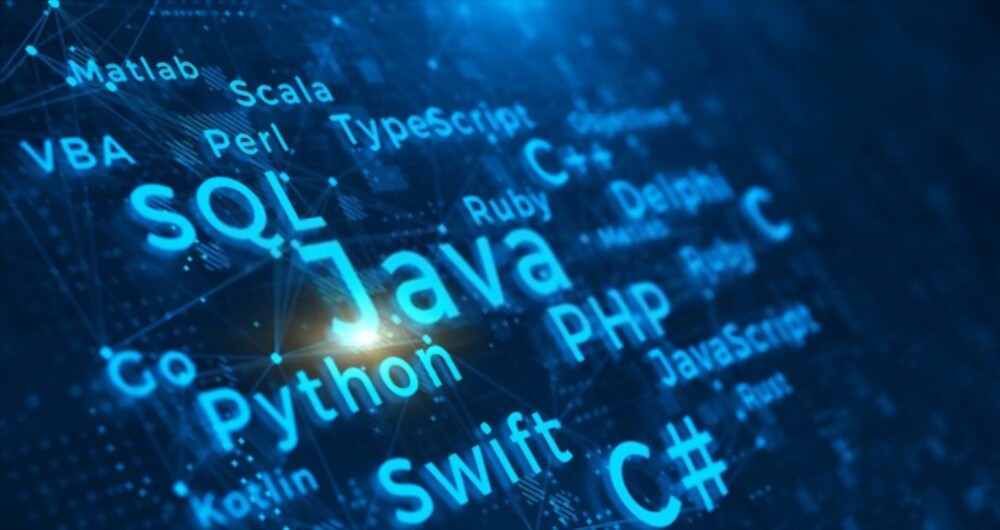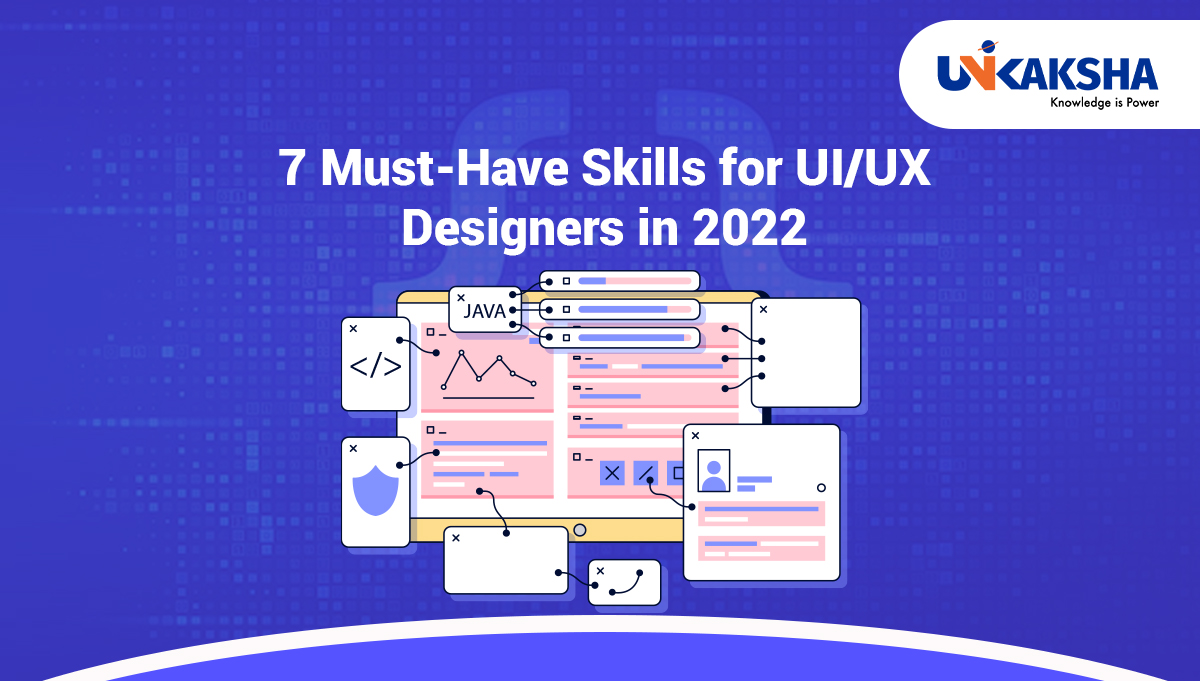Full-stack developers are an integral part of today’s technology-driven world and offer an invaluable set of skills to modern businesses. They have the ability to handle all aspects of web and mobile application development, from server and database management to the design of user interfaces. As companies continue to shift their focus to digital platforms, full-stack developers are becoming increasingly important for their ability to build and maintain complex applications. Do you want to know the most important full-stack developer skills?
Top skills required for a full-stack developer
A full-stack developer is an individual with expertise in multiple areas of software development, including both front-end and back-end development. Becoming an efficient full-stack developer requires a range of skills that enable them to build, maintain, and deploy applications and websites for businesses. However, when you want to become a full-stack developer, you must learn everything about front-end and back-end technologies. There are numerous programming languages you will have to learn, including Pearl, PHP, C#, C++, Java, Python, etc. Additionally, you’ll need to learn about organisational frameworks, web servers, programming dialects, control frameworks, and database frameworks. If you want to become a full-stack developer, you should dedicate some time to actively learning programming languages.
Now, let’s read on to explore the most important full-stack developer skills and the importance of having this skill set in today’s world.
1. Detailed knowledge of web architecture, system infrastructure, and communication protocols, including HTTP and CSS
Website content is added using HTML, while design and styling are done using CSS. CSS and HTML determine how a website looks and feels, which ultimately determines whether potential customers are attracted to it. For an interactive, intuitive, and engaging frontend, Full Stack Developers should have extensive knowledge of these programming languages.
2. Proficiency in front-end technologies, like JavaScript
When it comes to web and software development, JavaScript is a mandatory Full Stack Developer skill. This versatile programming language is used to create all types of websites, applications, and more. It’s an essential tool for any developer who wants their work to be both interactive and dynamic. JavaScript allows
developers to add interactivity to webpages by being able to make elements respond when interacted with, such as buttons that trigger events or images that move when the page is scrolled.
3. Learning the methods of deploying operating systems such as Windows, Ubuntu, and CentOS
Deploying operating systems has become an important skill for many IT professionals. The process of deploying an operating system involves a series of steps, starting with selecting the right OS for the job and ending with its successful installation on a computer. Deployment can be done manually, but there are now several automated tools available to make it easier. Windows, Ubuntu, and CentOS are three popular operating systems that can be deployed in different ways.
4. Proper understanding of functions and operatives regarding web servers like Nginx and Apache
In the modern world of web development and maintenance, understanding how to properly configure and utilize web servers is a critical skill. Web servers like Nginx and Apache are two of the most popular platforms for hosting websites. Nginx is an open-source server designed to provide high performance at low costs.Meanwhile, Apache is another open-source server with its own set of features that make it suitable for a wide variety of applications. Both offer powerful tools that allow users to customize their websites according to their specific needs. To fully understand how these two web servers work together and operate optimally, you should take time to explore each platform in depth.
5. Designing and developing UI with web development framework as well as libraries like AngularJS, jQuery, and React
Designing and developing UI with web development frameworks, such as AngularJS, jQuery, and React has become increasingly popular in recent years. With the rise of modern web-based applications, these tools have become essential for creating attractive interfaces that are both user-friendly and functional. Utilizing these frameworks requires a variety of skills that can be acquired through coursework or practice. Aspiring full-stack developers need to know how to work with server-side technologies such as Node JS or PHP in order to build dynamic applications that interact with databases.
6. Cultivating skills with designing ability that includes UI/UX design
As the demand for UI UX design continues to rise, cultivating these skills has become essential for any full-stack developer looking to break into this field in 2023. UI/UX design encompasses many aspects of developing a webpage or application that are highly sought after, such as visual elements like branding, illustration, and typography; as well as user experience elements such as wireframes and prototyping. It requires an understanding of how users interact with websites and applications so that they can create an optimal user interface.
7. Designing and developing UI with web development framework as well as libraries like AngularJS, jQuery, and React
Designing and developing UI with web development frameworks, such as AngularJS, jQuery, and React has become increasingly popular in recent years. With the rise of modern web-based applications, these tools have become essential for creating attractive interfaces that are both user-friendly and functional. Utilizing these frameworks requires a variety of skills that can be acquired through coursework or practice. Aspiring full-stack developers need to know how to work with server-side technologies such as Node JS or PHP in order to build dynamic applications that interact with databases.
8. Cultivating skills with designing ability that includes UI/UX design
As the demand for UI UX design continues to rise, cultivating these skills has become essential for any full-stack developer looking to break into this field in 2023. UI/UX design encompasses many aspects of developing a webpage or application that are highly sought after, such as visual elements like branding, illustration, and typography; as well as user experience elements such as wireframes and prototyping. It requires an understanding of how users interact with websites and applications so that they can create an optimal user interface.
Conclusion
In conclusion, a full-stack developer must possess a wide range of skills in order to be successful. These skills include front-end development tools, and back-end development tools, as well as an understanding of databases and cloud computing. In addition, full-stack developers should have excellent problem-solving and critical-thinking abilities. A beginner can become a full stack developer with dedication and hard work by learning the necessary skills and honing their expertise over time. With the right resources and determination, anyone can become a successful full-stack developer in 2023.
UniKaksha’s Full Stack Developer program in full time and part time modes is a great opportunity for aspiring developers to gain the knowledge and experience they need to become successful in the field. Not only will they receive first-hand experience with coding, but they will also have the opportunity to learn from experienced professionals and gain access to high-paying jobs. The program gives participants an advantage over other candidates who do not have the same level of training and experience.
Sonali Trehon
Blog Author
Sonali is an accomplished Author, Content Writer, Copywriter, and Ghostwriter, known for her ability to create engaging and captivating communications. With over 11 years of experience, she has developed a diverse industry background in Education, Travel, Retail, Events, and Fashion . Quality over quantity is what she firmly believes in. At UniKakhsa, she leads a team of talented technical writers, dedicated to delivering valuable content to readers through our blogs.









